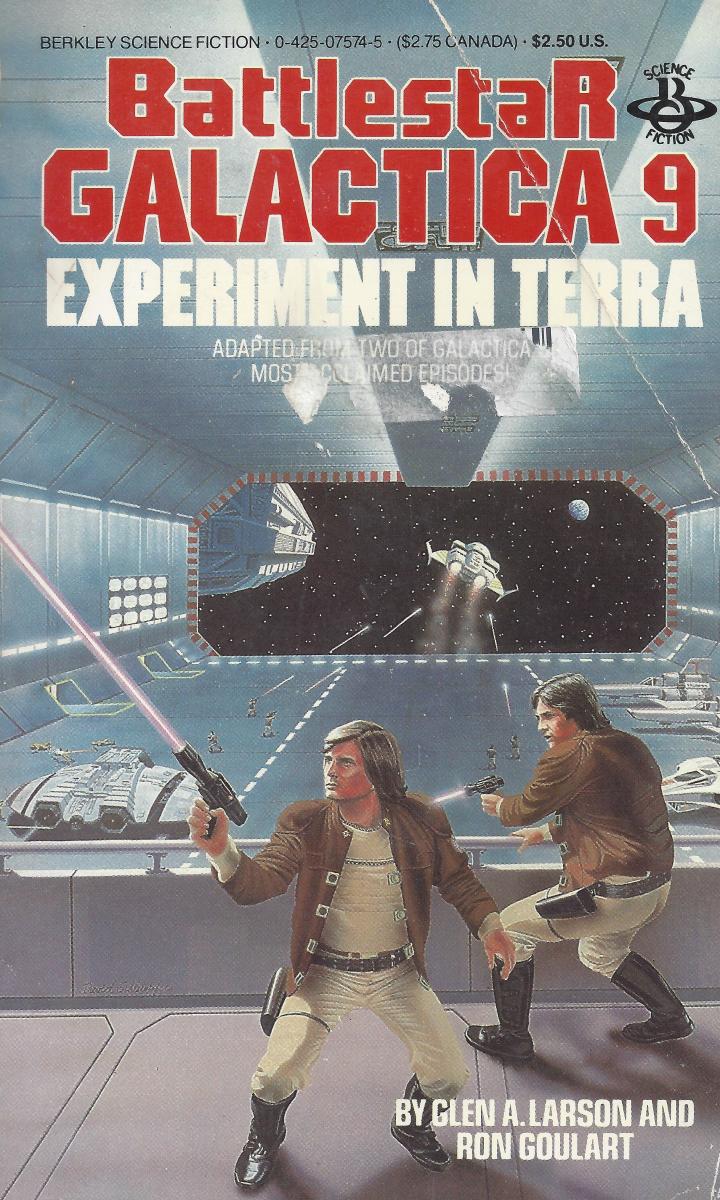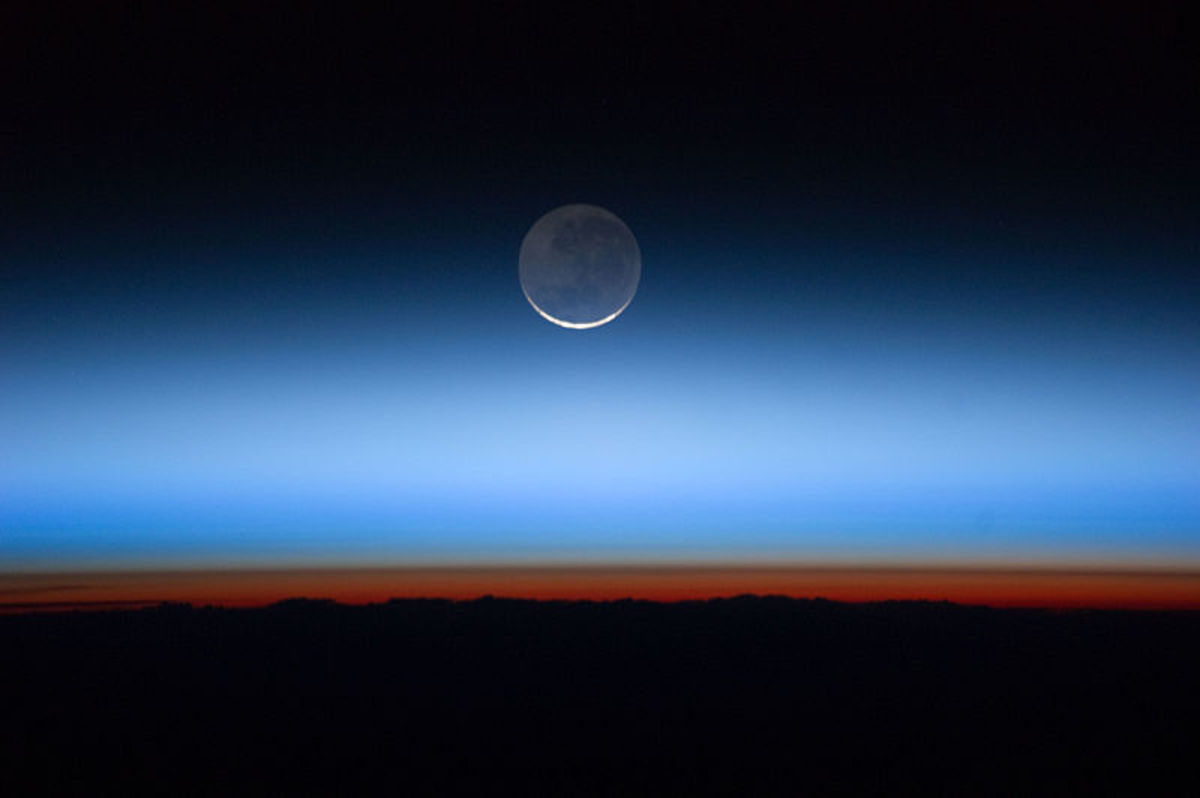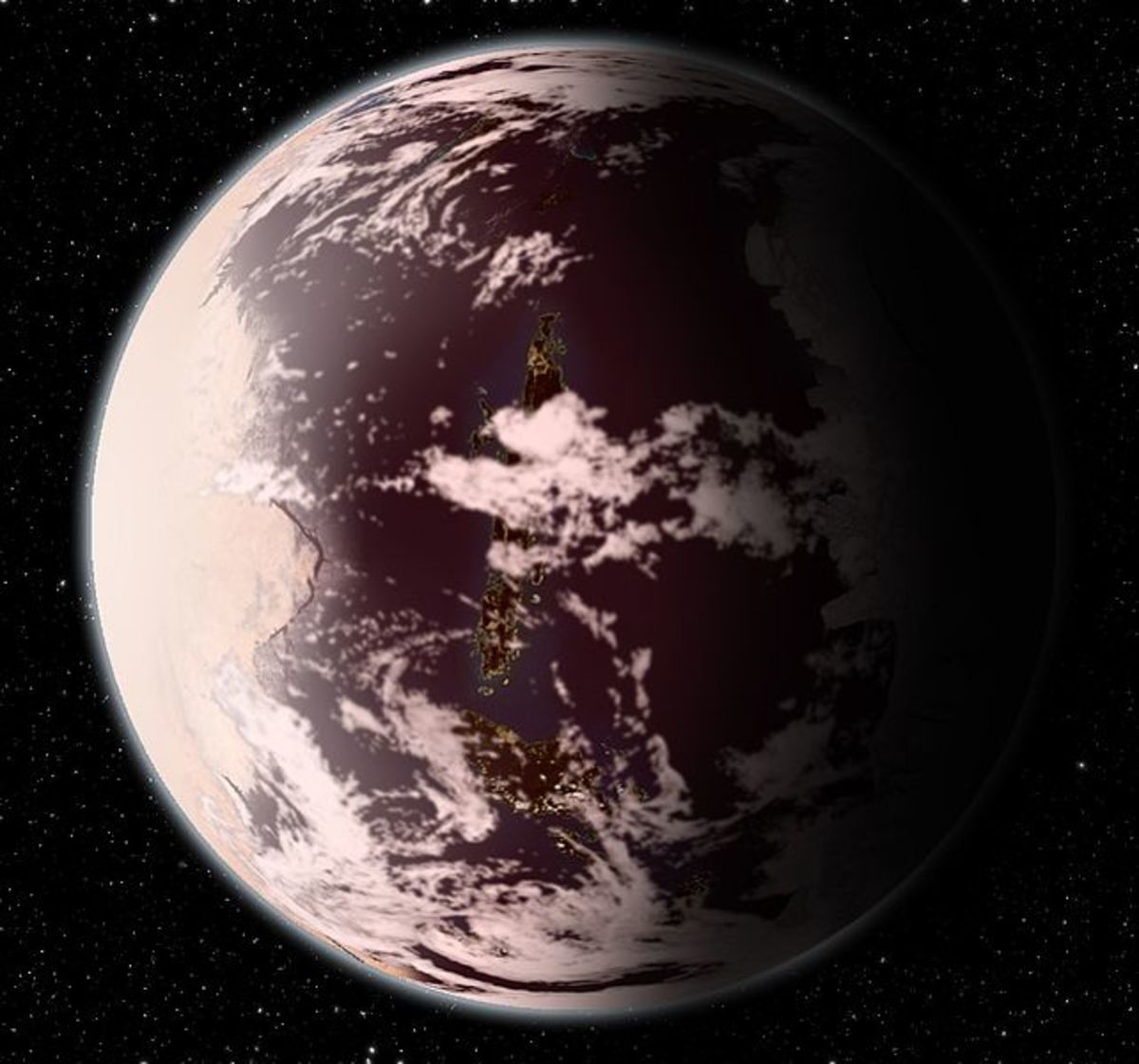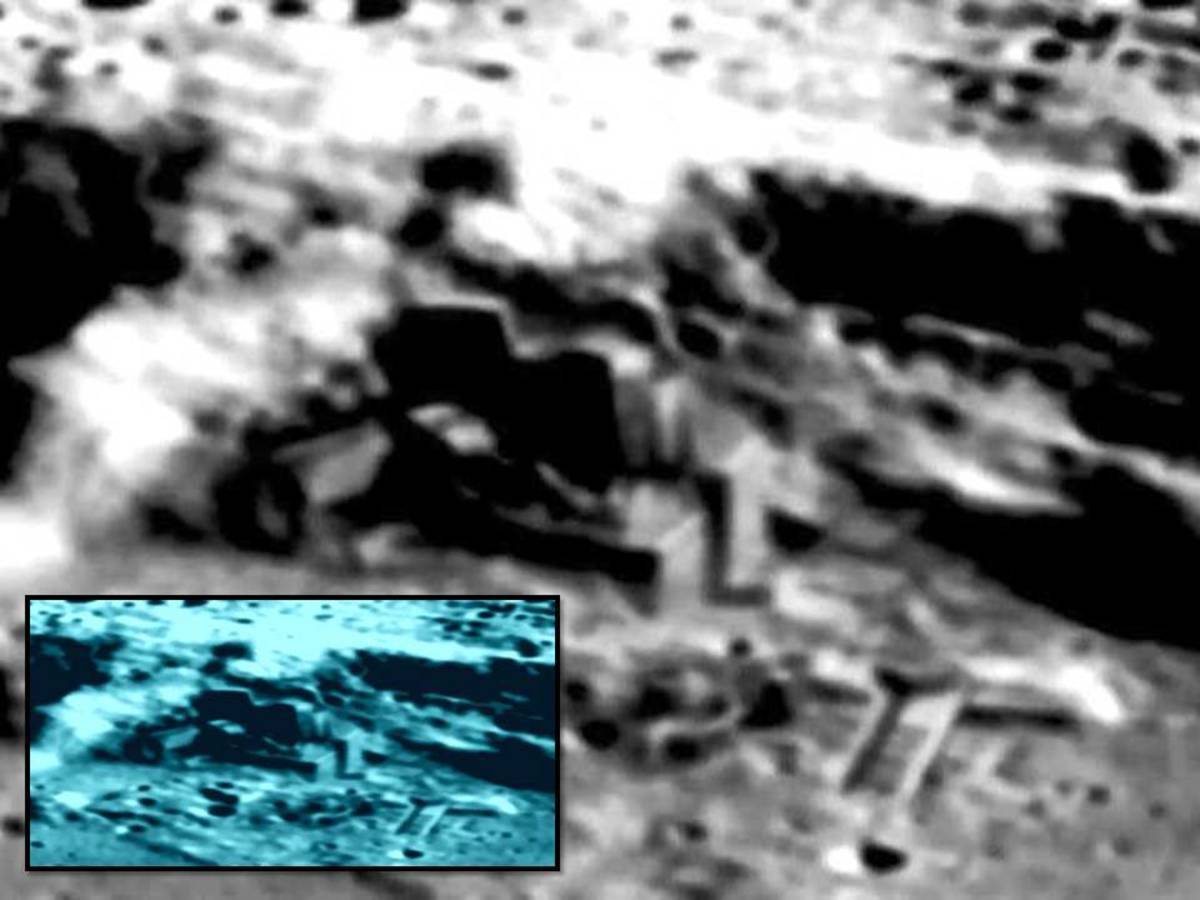Revolutionary Scientific Development: Progressing After A History of Preventative Barriers

Carl Sagan is one of my favored scientific figures because he was a genuine visionary that revolutionized science and popularized the idea of life existing outside of our own solar system. He did this by illustrating to us that the human species is not the center of the universe and that we possess no divine destiny. Our lives are not premeditated before our birth into this world. It may be coincidence that we are provided with the essential ingredients to sustain life, but who's to say life beyond our own planet would require these same ingredients for sustainability? It is a reasonable assumption, because this is the only type of life we've ever known and been familiar with. But evidently even here on Earth, life is feasible in some of the most harsh of conditions. So why under those circumstances, could it not be possible on another world? We often disregard the fact that other probable laws of Nature might be consistent with life.
Oddly enough one of the most Earth-like worlds to have been officially confirmed as having similar properties, is Saturn's largest moon, Titan. Titan is said to feature a thick atmosphere and an organic chemistry that mimics the precondition of Earth before life began to emanate oxygen into our atmosphere. This is the only outer planetary body discovered to date to harbor a thick atmosphere. Though it seems the most likely candidate for being potentially habitable, it is a little less than half the size of the Earth and unfortunately bears the surface temperatures below the freezing point of water ( -180 degrees Celsius ). So water can not flow but liquid methane can. Scientist were not fully certain of the the atmospheric composition until January 14, 2005 when the Huygen's spacecraft (part of the Cassini Spacecraft) descended upon the surface of Titan, definitively proving earlier theories of the atmospheric composition by taking measurements of composition and wind speeds, as well as a series of wondrous images. Cassini's next flyby encounter is scheduled for 1 day from now on August 17, 2015. Our earlier predecessors of astronomy, could not have possibly imagined how far we've come in our technological advancements. Most of the planets discovered, lie roughly within 300,000 light years of our Sun.
The idea of multiplicity of worlds has been speculated since as far back as ancient Greece ( roughly 6th to 8th centuries BC ). In the early 20th century, Edwin Hubble discovered a small nebulae were bordering islands of stars vastly distant from our own galaxy. Each contained hundreds of billions of stars, which proved that potentially habitable planets were immeasurable by number. The first discovery of a planet orbiting a star similar to our sun, was made in 1995. Though not a habitable planet because it orbits dangerously close to its parent star (51 Pegasi), it was found to be about half the mass of Jupiter and no more than twice its mass. This indirect discovery was the product of the radial velocity method. (I've mentioned this method in a previous Hub Post.) This was just the beginning of a new exploration era and a number of discoveries were made subsequently.
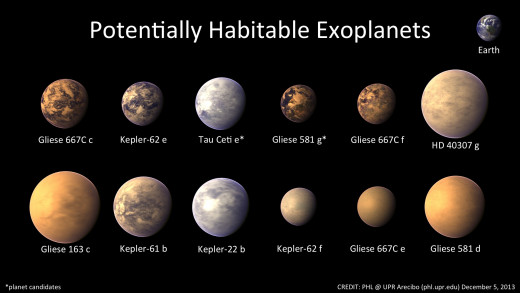
Of the thousands of exoplanets discovered, only a portion of them are considered habitable. Whether they are considered habitable is determined by their distance from their parent star, their size, planetary composition (whether it's a rocky planet or a gas giant) and atmospheric composition. Although atmospheric composition is usually later hypothesized. We can not accurately conclude the validity of the hypothesis with out being able to obtain actual measurements of the composition, but I think it is safe to assume that based on prior knowledge of familiar worlds, we can produce an exceptionally accurate theory.
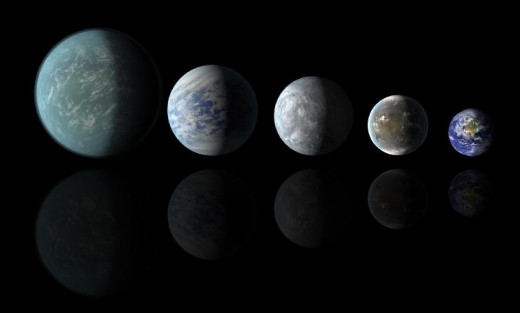
Thankfully our generation today is more willing to accept scientific discoveries than our ancestors were several hundred years ago. Religious hierarchy has been responsible in the past for preventing the growth of scientific development. Officials would often halt anything they found to adduce their sacred scripture as being false. For example when Nicolas Copernicus presented his heliocentric model of the solar system in the early 1500's, his theory was dismissed because the Roman Catholic Church was much more intransigent on the earlier model of the earth centered solar system. It was also believed that our Universe (essentially what we knew of it anyway), was no more than 6,000 years old. Which to this day creationist will argue even though there are various examples of evidence proving the Earth itself to be a little over 4 billion years old. Not to say that religious teachings were wrong, in the past they were relevant to their time, when people were scientifically ignorant, however today you would not be able to provide the same valid argument. People can choose to be oblivious to fact and operate on blind faith. As an individual you have that right. But how can it be justified for religion to dictate what knowledge should be readily available and what knowledge should be withheld? In the earlier history of Copernicus and later Galileo, rather than religious officials being astounded by the discovery that their God has created a much larger and much more spectacular Universe than previously thought, they rebuffed the idea because it simply wasn't possible that everything "seemingly created for humans", just wasn't and life couldn't possibly exist outside of our world. I believe in God. Or a creator. Which ever is more politically correct these days. As a human being that is me putting faith into something with out discernible evidence. However I do not believe in the archaic denomination factions we still have today. But should we ever acquire evidence definitively disproving what I believe, I would not be so naive as to deny it. In my own opinion, that's what science is. Everything is a theory, until it is proven to be a law.
Carl Sagan on Alien Civilizations
References
Sagan, C. (1994). A Vision Of The Human Future In Space: Pale Blue Dot. Random House Publishing Group
Tyson, N. D. Goldsmith, D. (2004). Origins: 14 Billion Years of Cosmic Evolution. New York: W. W. Norton
Piazza, E. Cassini Solstice Mission. saturn.jpl.nasa.gov/science.
Barrow, J. D. (1986). The Anthropic Cosmological Principle. A Oxford Paperbacks Publication
planetquest.jpl.nasa.gov



